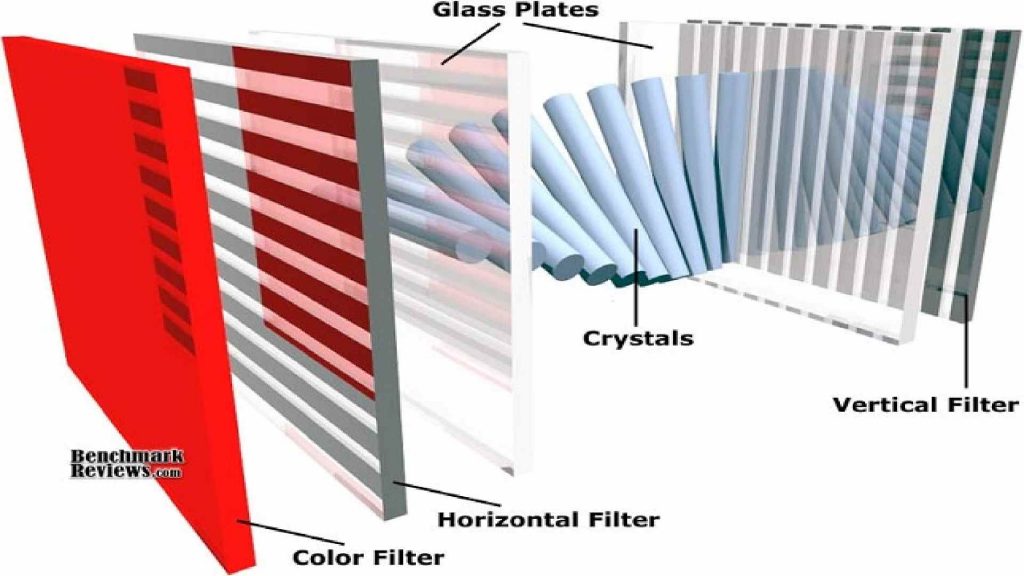The screen is one of the most important parts of smartphones. More precisely, it can be said that it is the most important part of a phone. In this article, I give you a quick comparison between AMOLED vs LCD displays.
Over the past few years, AMOLED and LCD technologies have shown their dominance in this field, and their rivalry is entering a new phase with the advent of QuadHD screens.
And while some new and shiny models, like the LG G3, use LCDs, Samsung continues to practice AMOLED screens. Of course, some other manufacturers also use one or both technologies, so the question arises again which screen is better. AMOLED vs LCD! Who is the winner here and how to determine it in general?
Each screen production technology has its own special “sub-pixel” story. Translated, this means that the screens differ in the way they convert digital data into a format that we can see.
In this process of “translating” digital content visible to the eye, different results are obtained, and therefore they differ in color rendering, black depth, brightness level, and energy-saving efficiency.
LCD

LCD is an older technology and stands for Liquid Crystal Display. You’ll find screens with this structure on a number of premium models, such as the LG G3, HTC One M8, and Xperia Z series models.
The LCD’s operating principle is based on polarized light and a color filter, which easily determines color through standard colors. such as red, green, and blue.
The polarized light filter determines the brightness level for each pixel individually. Light filters are arranged to “pass” it through the horizontal and vertical axis and can be combined so as not to let light in at all, which is the basic “state” of the LCD pixel.
This is where we come to the liquid crystals that are located between the vertical and horizontal axes and they are in charge of transmitting light. For example, when a crystal on a horizontal axis rotates light by 90 degrees, it allows light to pass through another axis and thus reach the user.
Each crystal is electronically controlled and can be turned on and off multiple times in one second. In this way, the brightness is controlled, which later reaches the color filter, after which it becomes the image we see.
By the way, the light that travels through these strong filters is white, and it is also used to adjust the general brightness of the screen.
Due to this mode, LCD screens sometimes have a problem with proper color reproduction.
AMOLED
Unlike LCDs, AMOLED technology is not based on a single light source, but on millions of LED light sources. AMOLED screens create an image in a simpler way. The tiny and colored LED pixels in standard colors work independently and are controlled by transistors on the screen’s motherboard. This is where the anodes and cathodes enter the stage, between which protons pass, which give energy, that is, lighting.
Because they do not have filters, AMOLED screens often overemphasize colors, but they are better at storing the battery because their work is based on individual pixels, and not all at once.
Also, AMOLEDs often begin to show another weakness over time. Namely, during a certain period of use, it is possible for certain pixels to “cancel”, which affects the image quality.
AMOLED vs LCD conclusion
The conclusion reached on this issue is not an easy task. And as technologies do their part, the question arises as to which type of screen is better. The answer is one that gives better colors, has better outdoor lighting, and saves more energy.
There is also variation among manufacturers, so there are no classic AMOLED and LCD. However, in general, AMOLED gives a slightly less bright image, which is logical considering the white backlight from the LCD.
If the AMOLED vs LCD duel doesn’t mean anything to you, try the resolutions of the screens themselves. In early 2014, LCD screens jumped to QHD resolution, but Samsung reached that figure a little later with the Galaxy Note 4.
This device is said to currently have the best image display, which only further complicates our attempt to give a conclusion on this topic. However, whichever model you choose from the premium collection, you will hardly encounter problems with the screen, because you remember how much money, how much music.

